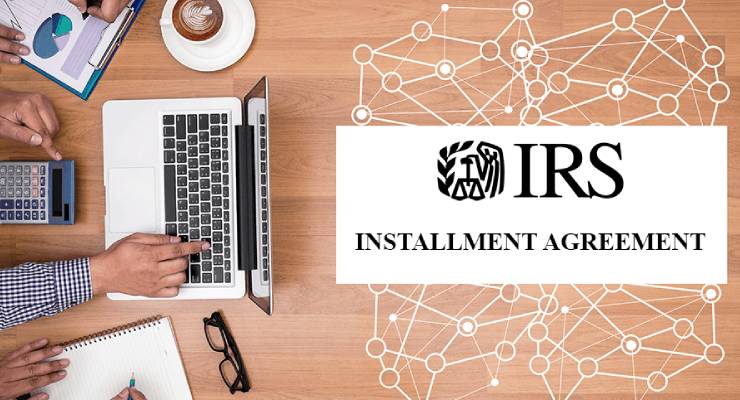
Shirley Wenger is a professional journalist and editor who has been working in the publishing industry for more than 15 years. She is an award-winning...Read more
The IRS (Internal Revenue Service), provides a way for taxpayers to settle tax debts through partial pay installment agreements. Since penalties and interest will apply to this debt, the IRS encourages all taxpayers to try and settle their taxes immediately.
When paying all your tax debt in one payment is not a possibility, installment agreements are alternatives that the IRS permits. Currently, the IRS has four-installment agreement types including non-streamlined, streamlined, guaranteed, and partial payment.
What Is The IRS Partial Payment Installment Agreement

The partial installment payment agreement has allowed the IRS to enter into an agreement with a taxpayer for a partial payment of their tax liability. To apply for this type of arrangement, you will be required to use Form 433-F to report your living expenses and income. The IRS will then verify and review this information. If you have assets that you can sell to pay a portion of your tax debt, the IRS will ask you for additional information.
If you are approved for a partial payment agreement, you will be asked to participate in financial reviews every 2 years. These reviews might result in terminating the agreement or an increase in your installment payments.
How To Determine If You Qualify

There are rules in place to qualify for a PPIA (partial payment installment agreement). To begin with, you need to owe the IRS a minimum of $10,000. You also cannot be going through bankruptcy. Any assets that you own will also play an important role in whether you will be approved or not for the plan. You shouldn’t be able to liquidate your assets for any reason, or when their equity is not enough to cover the tax debt that you owe if you decide to liquidate your assets.
The other exceptions associated with forcibly selling your assets is when selling these items would end up creating more financial hardships, or when your wife or husband jointly own the assets and are not willing to liquidate these items. Your spouse also cannot be responsible or liable for your tax debt in these cases.

The PPIA process is not prohibitively challenging, yet it is still advisable to use a tax expert that has extensive experience when it comes to dealing with tax debts. You should first understand all the options available to you, and you may also need assistance when it comes to negotiating an affordable monthly payment.
If you use a tax professional they should also have experience with the laws that govern the IRS for collecting tax debts, along with how the IRS evaluates the different installment agreements.
First Find Out How Much You Owe
Before approaching the IRS, you need to know the exact amount that you owe for unpaid taxes. You can either go online to get a copy of your tax return, or you can call the IRS to verify the amount. Keep in mind that the total amount will include your original tax and the interest and penalties accumulated on your unpaid balance.
Shirley Wenger is a professional journalist and editor who has been working in the publishing industry for more than 15 years. She is an award-winning writer and her work has been featured in various publications, including The New York Times, The Wall Street Journal, and Time Magazine.

